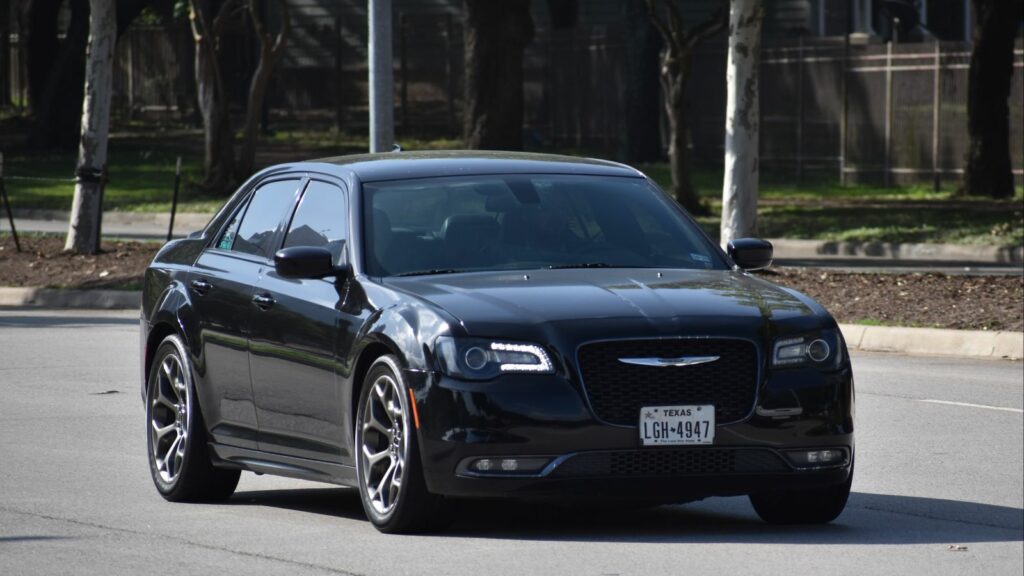Tariffs usually mean bad news: Higher prices, longer waitlists, and stripped-down trims. But now and then, the winds of global trade blow in a more consumer-friendly direction. As tariff negotiations between Canada and foreign markets (particularly the EU and the U.S.) wobble and shift, luxury vehicles are facing unexpected pricing dynamics. Certain brands and models may become more affordable. Let’s break down the 24 luxury cars that, thanks to fluctuating tariffs, could see their MSRPs lean south for a change.
Acura TLX
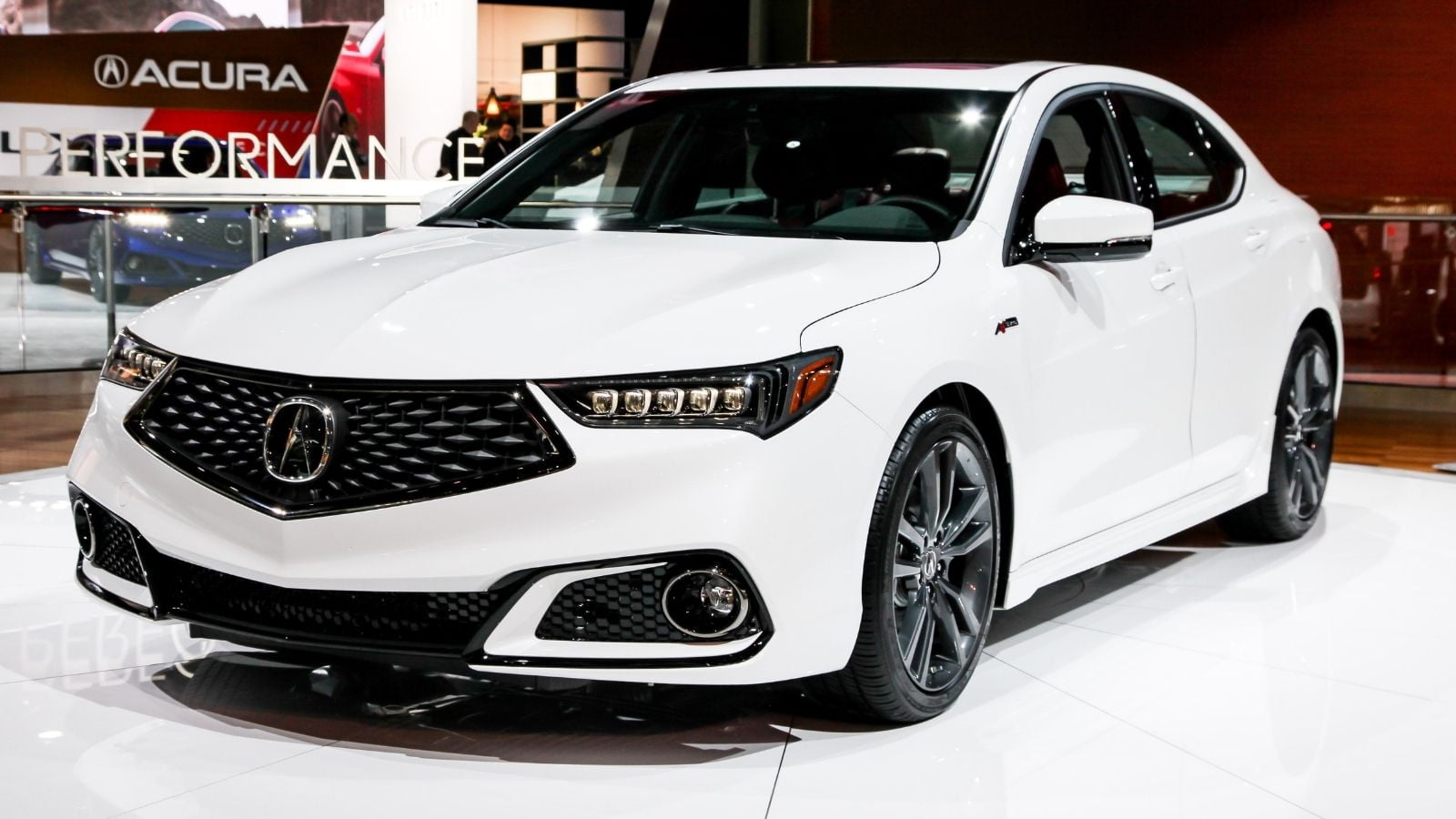
Built in Marysville, Ohio, the Acura TLX may sidestep future tariff hikes targeting offshore manufacturers. With ongoing Canada-U.S. trade stability, TLX pricing could become more competitive, especially on the high-end A-Spec and Type S trims. Furthermore, the shifting demand due to economic uncertainties and growing interest in domestic or tariff-favoured alternatives may lead dealerships to offer more incentives or discounts on the TLX to stay competitive. The 2025 model, which already comes packed with tech and performance features, may undercut its German rivals, such as the Audi A4 or BMW 3 Series—vehicles that are more directly impacted by tariff hikes. As automakers adjust their pricing strategies to accommodate tariff trends, the TLX could emerge as a temporary luxury bargain.
Lexus RX
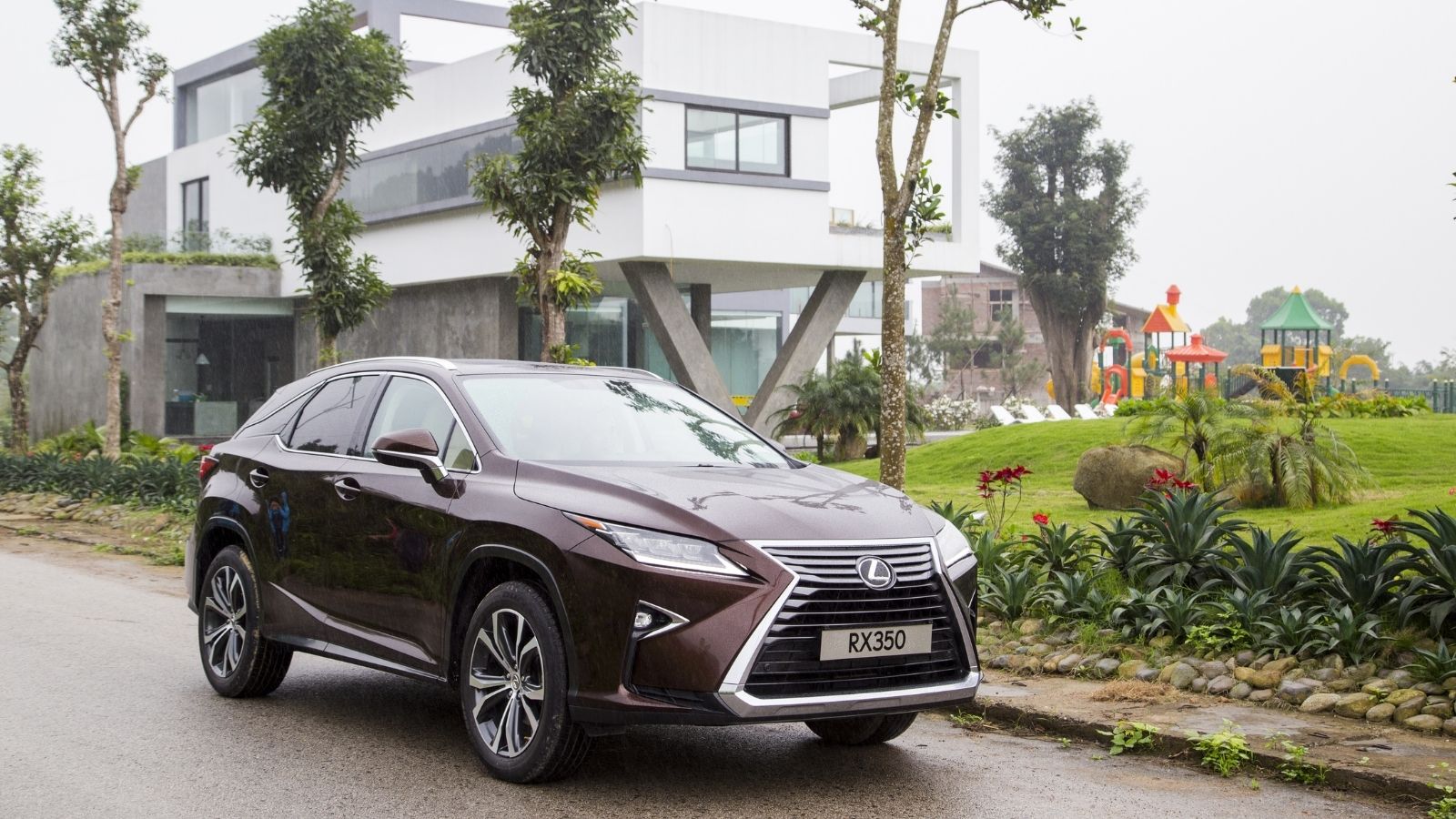
As of March–April 2025, the U.S. imposed a sweeping 25% tariff on all imported autos and auto parts—including those from Canada and Mexico—raising costs for imported luxury vehicles, such as the Japan-built Lexus RX. The Anderson Economic Group projects that Asian luxury imports, including Lexus, could face added tariffs of $10,000–$20,000 per vehicle. Some automakers may initially absorb part of this cost, but most analysts expect the majority to be passed on to consumers over time.
Lincoln Corsair
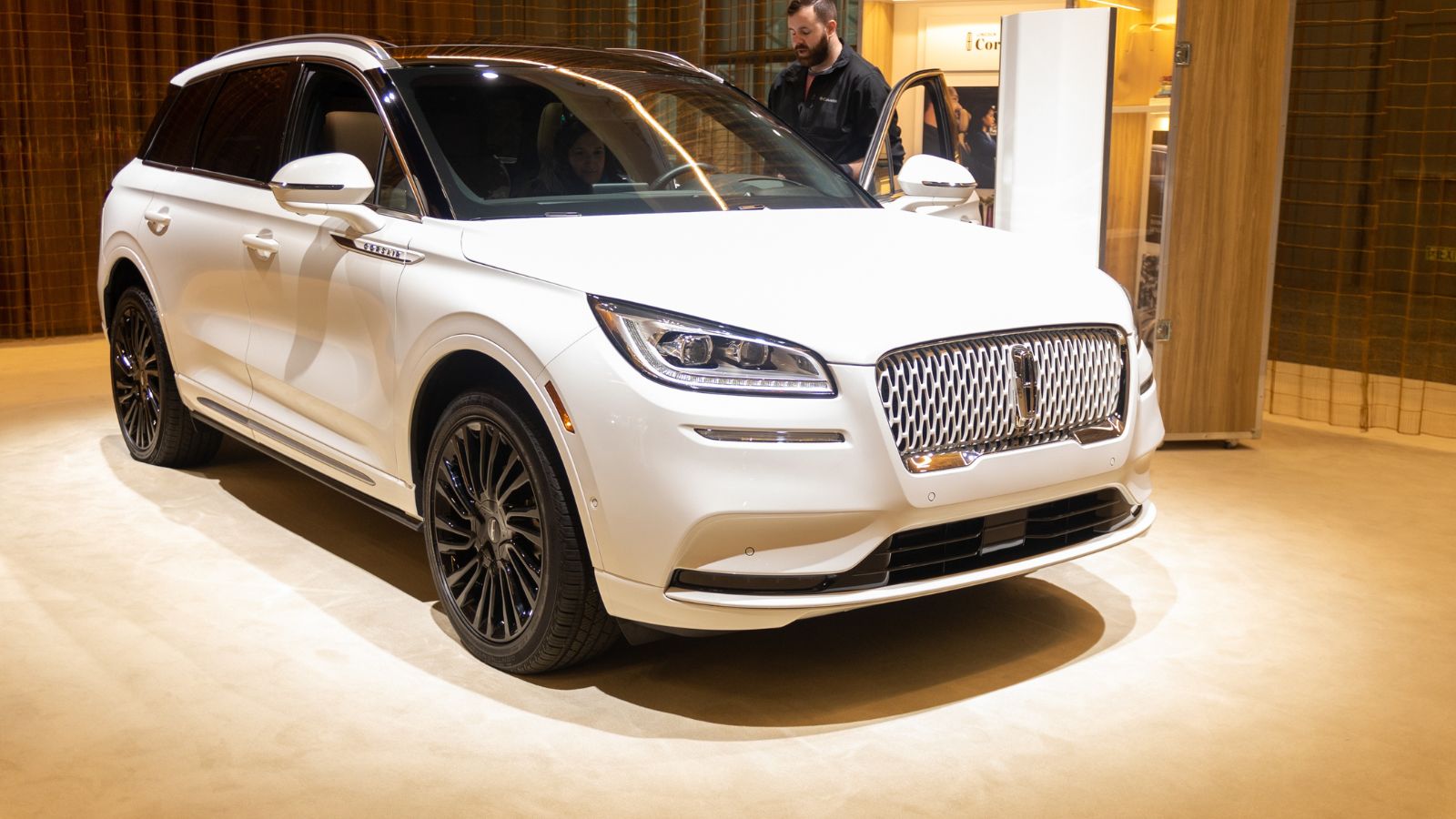
Another North American-made contender, the Corsair, originates from Louisville, Kentucky. The Lincoln Corsair is built in Mexico and qualifies under USMCA rules, meaning it likely avoids the steep 25% tariffs on non-North American imports and parts. While the broader auto industry faces a uniform 25% import duty on vehicles and parts effective April 3, 2025, exemptions exist for U.S.‑, Canada‑, or Mexico‑assembled models. Analysts predict tariffs could add roughly $6,000 to car prices, though Corsair, thanks to North American production, remains largely shielded.
Cadillac CT5
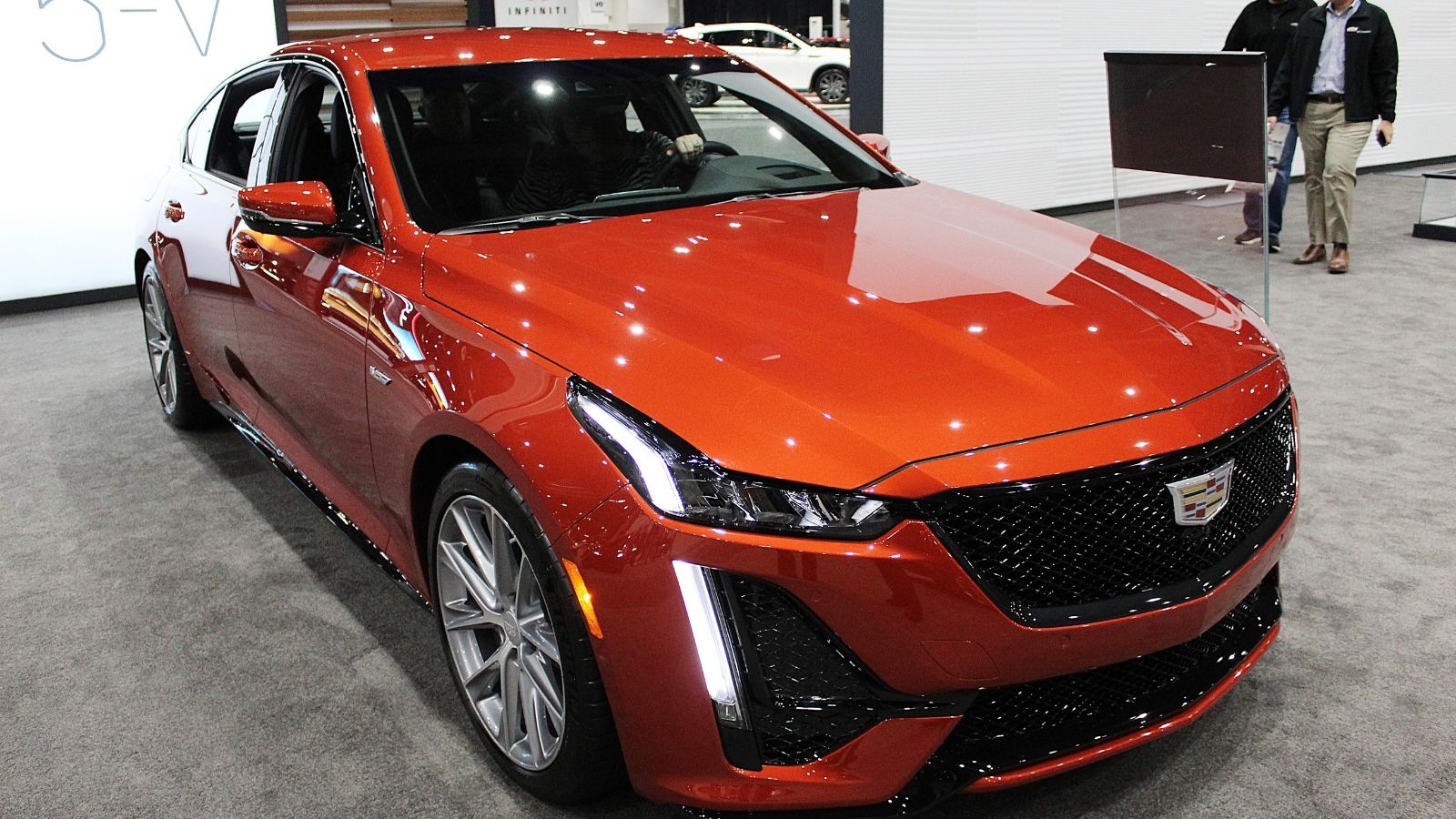
The CT5, built in Michigan, may benefit from preferential trade deals with North America. As luxury sedans from Germany get pricier, GM may exploit the CT5’s homegrown status to offer better value, especially on high-performance V-Series models. But, although domestic assembly limits tariff exposure, the global supply chain means fluctuations in trade policy could prompt downward price adjustments if tariffs are reduced or rescinded.
BMW X5 (U.S.-Built)
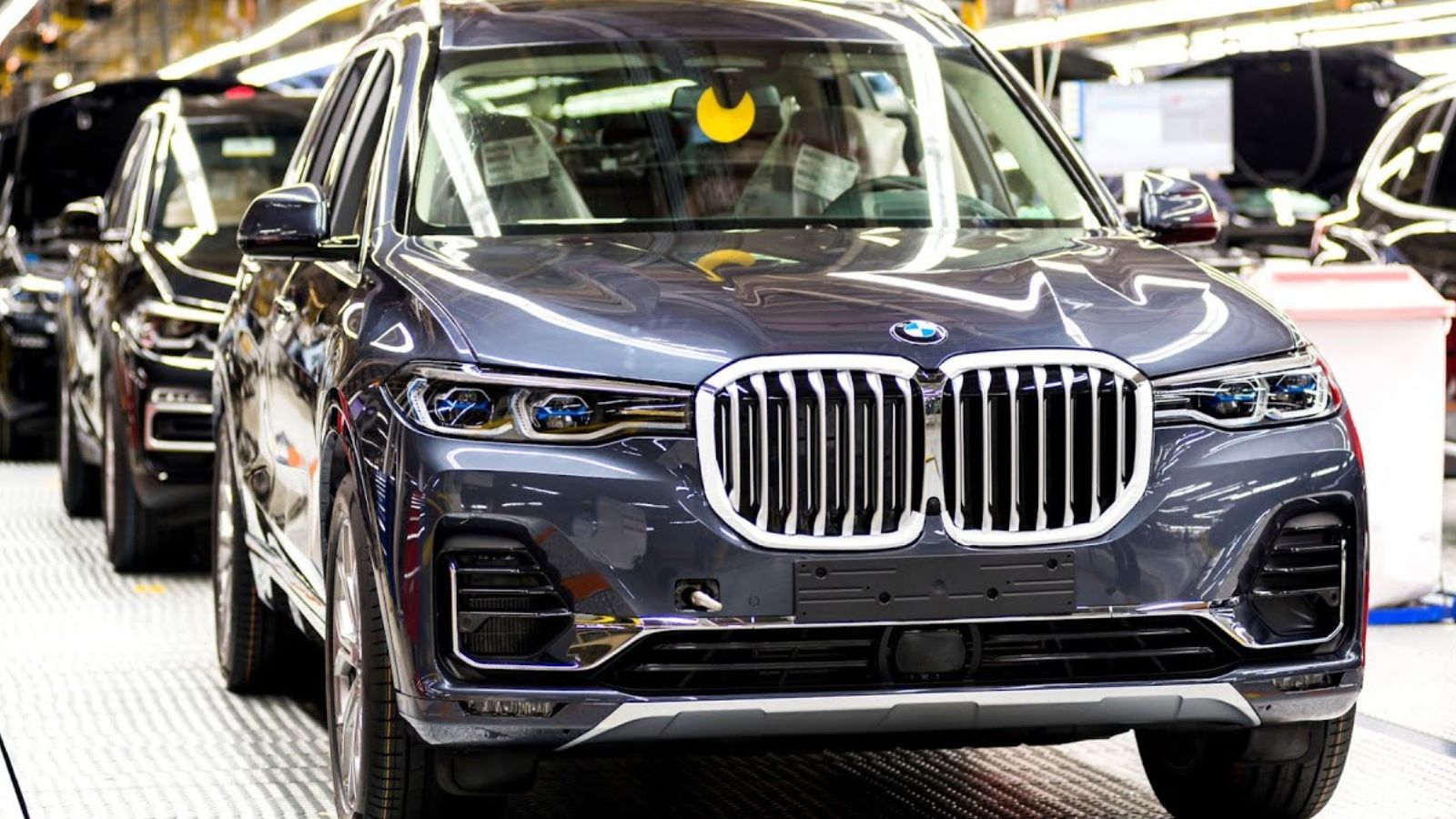
Surprise: the X5 is built in Spartanburg, South Carolina. Because it avoids some EU-to-Canada import duties, it could drop in price as Canadian dealers pass on savings from eased U.S. tariffs or updates to the renegotiated NAFTA. Moreover, broader tariff relief efforts—such as those reducing non-stacked duties and USMCA exemptions—may trickle down to production costs. As a result, while the MSRP of the X5 rarely dips, these shifting trade policies hint at a slight downward pressure on prices, making it one of the few luxury SUVs that could modestly benefit from tariff fluctuations.
Mercedes-Benz GLE (U.S.-Built)
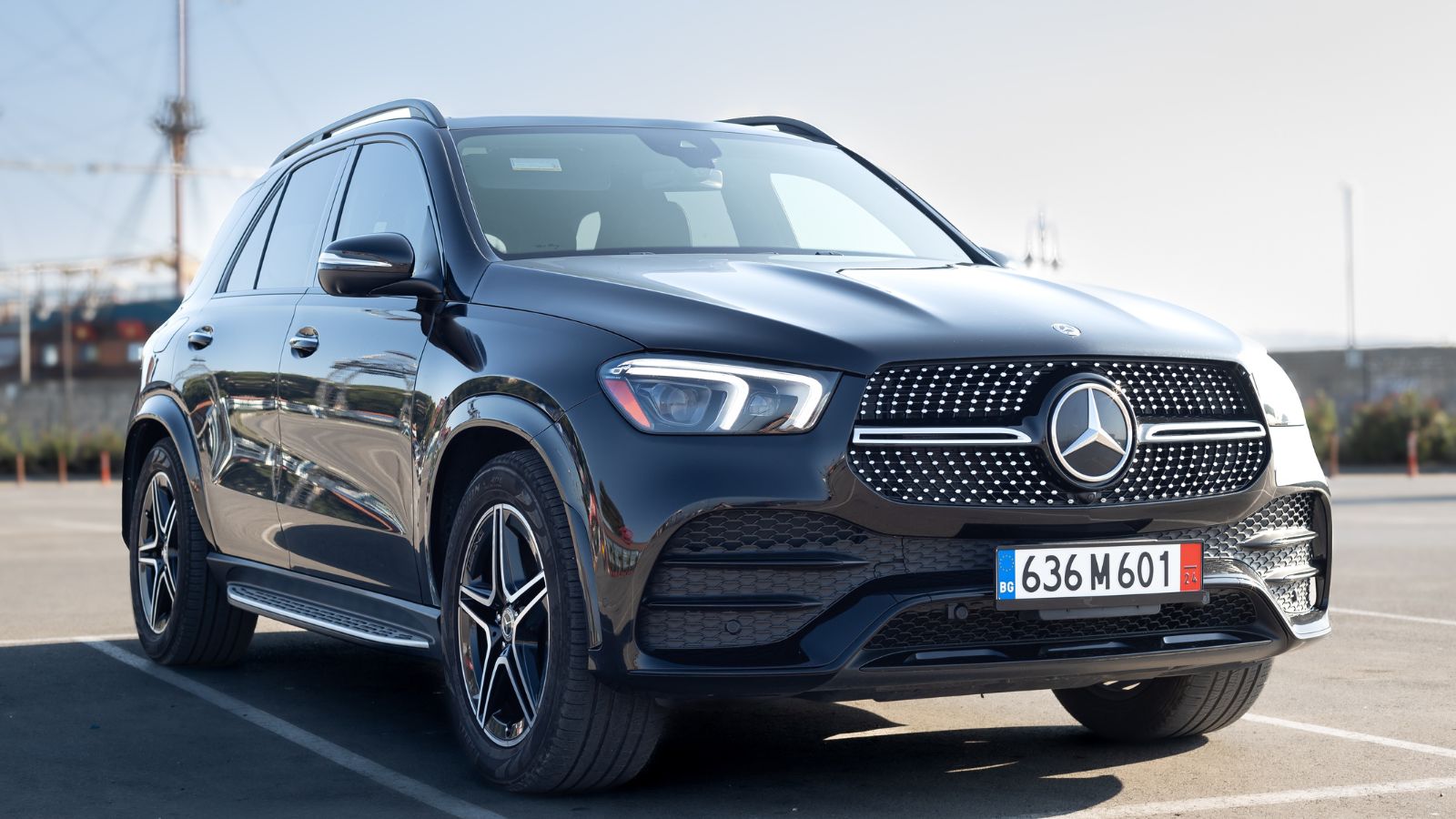
The U.S.-built Mercedes-Benz GLE, assembled in Tuscaloosa, Alabama, stands out as a luxury SUV potentially insulated from tariff shifts. Unlike imported models, it escapes the full 25 % auto tariff, although a portion of its parts remain subject to levies. For Model Year 2025, Mercedes-Benz has proactively absorbed tariff costs, maintaining the MSRP and keeping discounts intact, to protect buyers. However, vulnerabilities persist: approximately two-thirds of Tuscaloosa’s output utilizes imported engines and transmissions, meaning components still incur tariffs.
Audi Q5 (Mexico-Built)
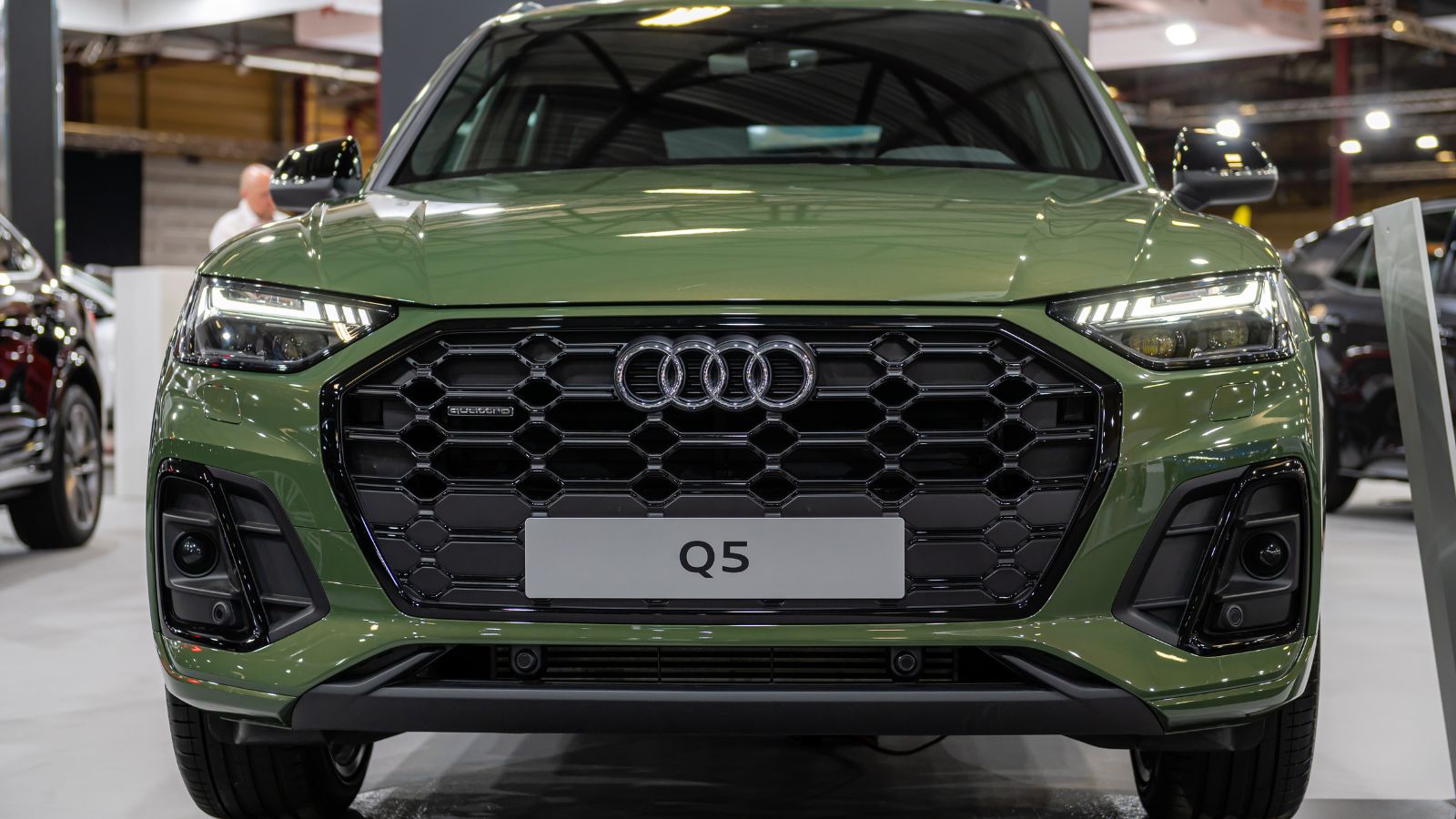
With Canada-Mexico tariff agreements relatively stable, Audi’s Q5, assembled in San José Chiapa, may remain competitively priced. Experts warn these costs may drive U.S. pricing down, especially if tariffs are reduced or manufacturers temporarily absorb fees to maintain sales volume. Reuters reports Audi is considering passing some import duties to consumers, while also evaluating North American assembly to hedge risks. If tariffs ease or Audi optimizes inventory, buyers may see promotional pricing or discounts on leftover Mexico-built Q5s. This now presents a potentially opportune moment to explore deals, although long-term prices will depend on trade policy and Audi’s production strategy.
Volvo S60 (U.S.-Built)

Although a Swedish brand, the S60 is manufactured in South Carolina. Nevertheless, the S60 still uses imported components, meaning some costs may be passed on through parts or assembly materials. Volvo has responded by absorbing some costs initially and monitoring tariff shifts, even delaying MSRP increases on existing inventory. With potential trade negotiations on the horizon, such as EU-U.S. import arrangements, tariffs could ease, making U.S.-built S60s relatively cheaper than their foreign-built counterparts. Given these dynamics, buyer demand might fall or hold steady, prompting deals and modest price dips for domestically built S60s, especially if global trade terms shift favorably.
Genesis GV70 (South Korea)
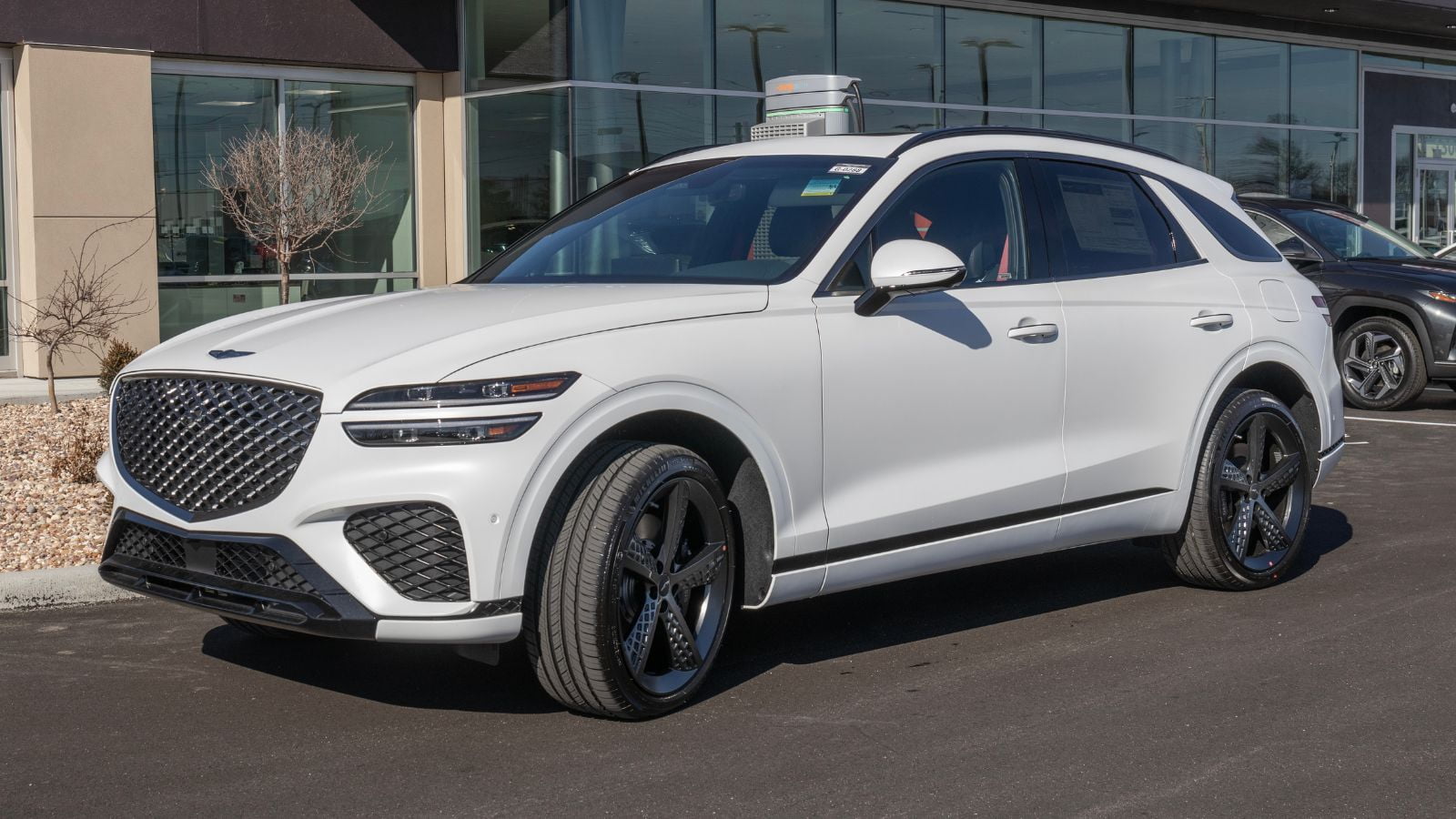
Thanks to the Canada-Korea Free Trade Agreement (CKFTA), the GV70 is subject to reduced duties. If tariffs rise on European and Japanese rivals, Hyundai’s luxury arm may position this tech-rich SUV more aggressively in pricing. Plus, Genesis also introduced a “Genesis Cares” or “Customer Assurance” program in early April, locking MSRP on all new Genesis vehicles—including the GV70—through June 2, 2025. Beyond this window, prices may adjust upward as automakers recoup tariff expenses. Given that non-U.S.-built GV70s incur the full tariff, buyers may opt for U.S.-assembled models to minimize added costs; however, limited Alabama production could constrain availability.
Infiniti QX60
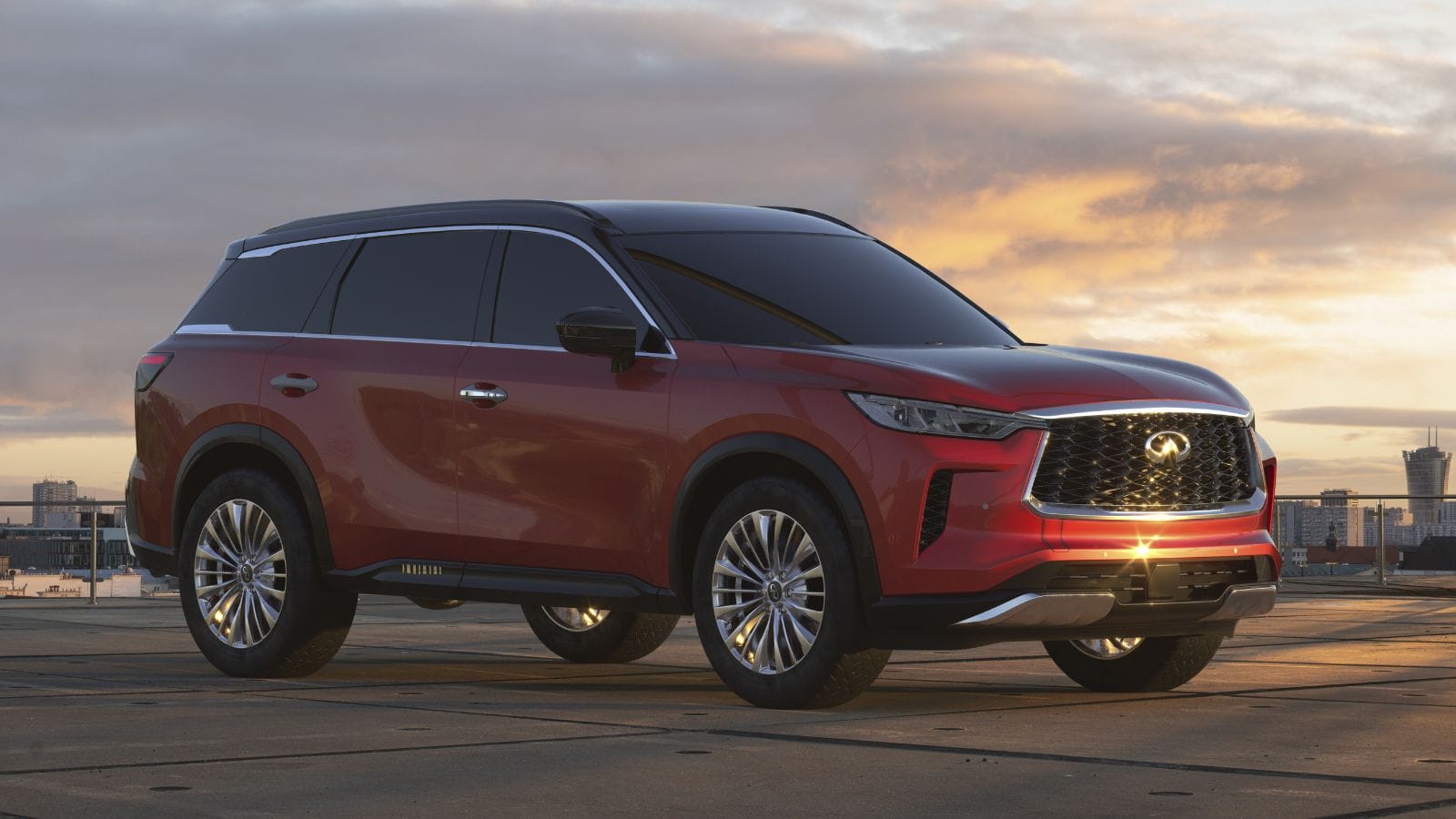
The Infiniti QX60 remains fully built in North America—specifically in the U.S.—which means it’s exempt from the 25% tariff applied to foreign-built vehicles. However, like all models, it’s subject to the 25% tariff on non-North American parts. This structure has insulated the QX60 from the steep price spikes affecting luxury SUVs imported intact—some analysts forecast increases of up to $20,000 on fully tariffed imports. Meanwhile, resale values for pre-tariff inventory have remained stronger than rival models built overseas.
Porsche Macan (Future EV Variant)
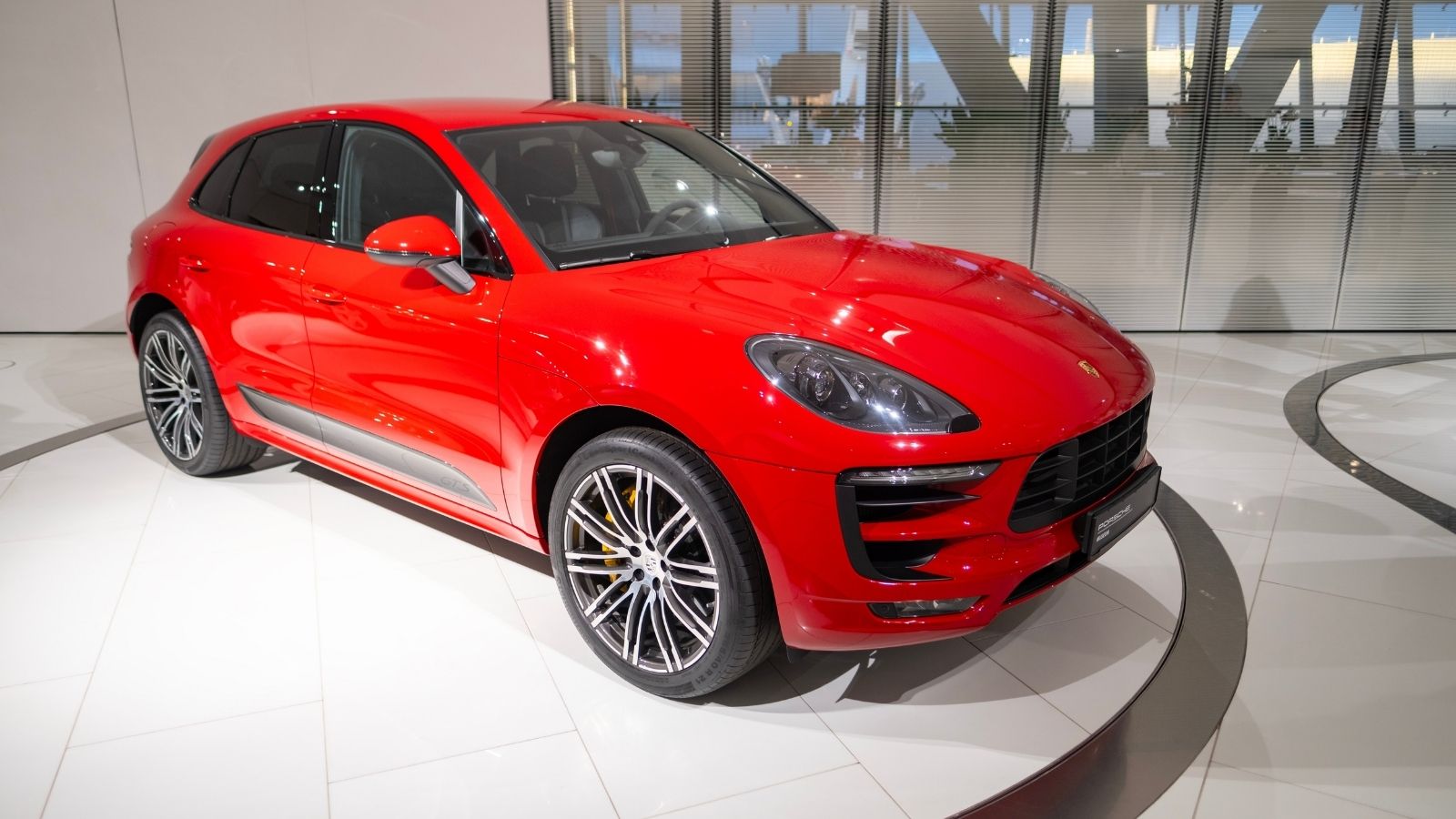
Porsche plans to produce future Macan EVs at a new plant outside Germany. If production shifts to North America or a favorable trade partner, future Canadian pricing may decrease, particularly for base models. Additionally, some dealers anticipate U.S. tariffs will fall by the end of 2025, which could allow Porsche to reduce EV prices or offset recent increases. Analysts estimate annual tariff costs to be near €2 billion. Combined with anticipated tariff relaxation, the Macan EV could see price easing, making this luxury EV more attainable next year.
Tesla Model S/X
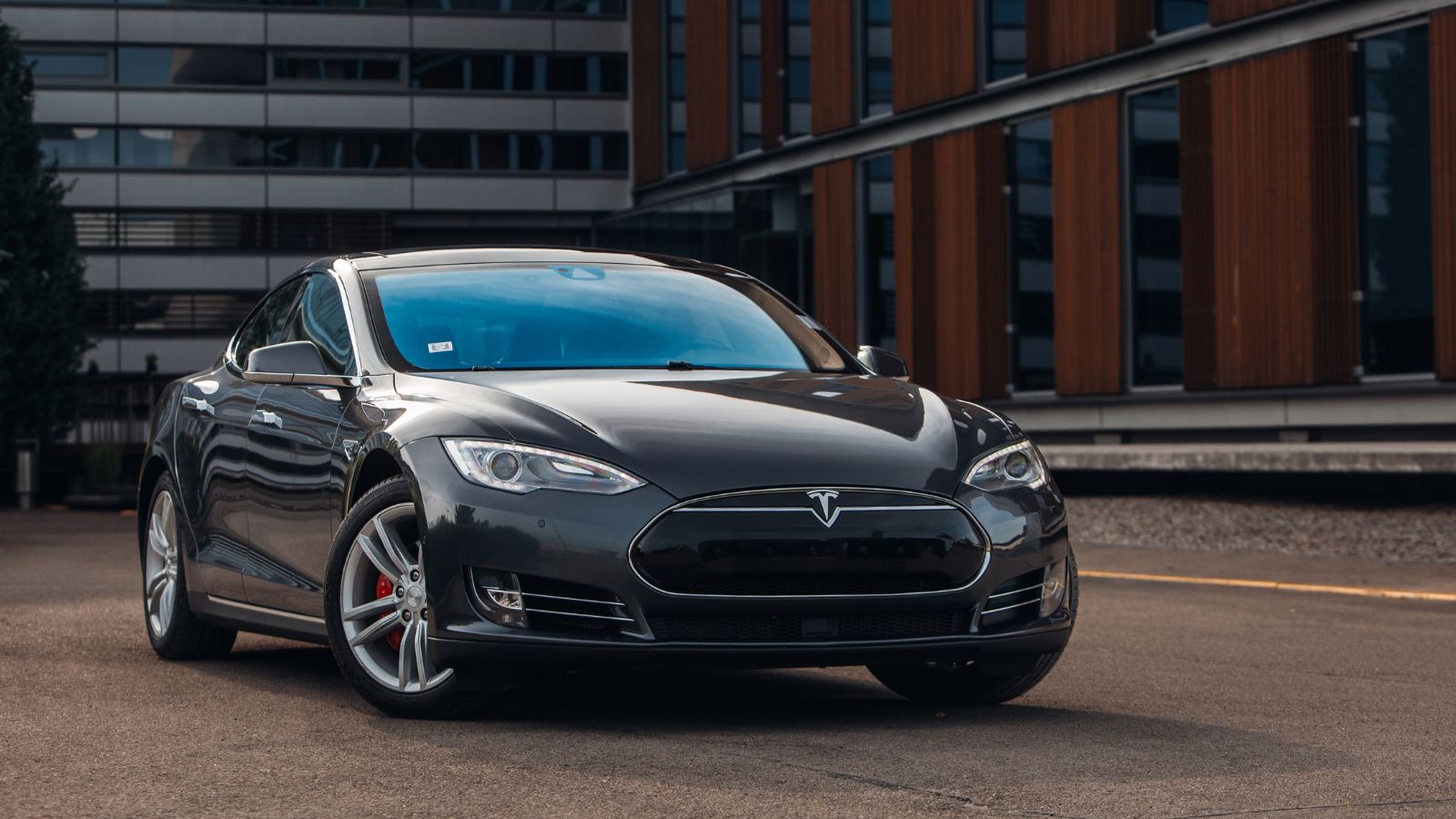
Tesla’s Fremont, California production means the S and X might avoid import penalties and benefit from pro-EV Canadian policies. As foreign EVs face higher costs, Teslas may be repriced to remain competitive. If tariff tensions ease—through trade deals or fairer tariffs—Model S/X prices may fall accordingly, possibly by tens of thousands, restoring their luxury appeal. Additionally, with Elon Musk urging “zero tariffs,” future shifts in policy could directly impact the pricing of these flagship models.
Acura MDX
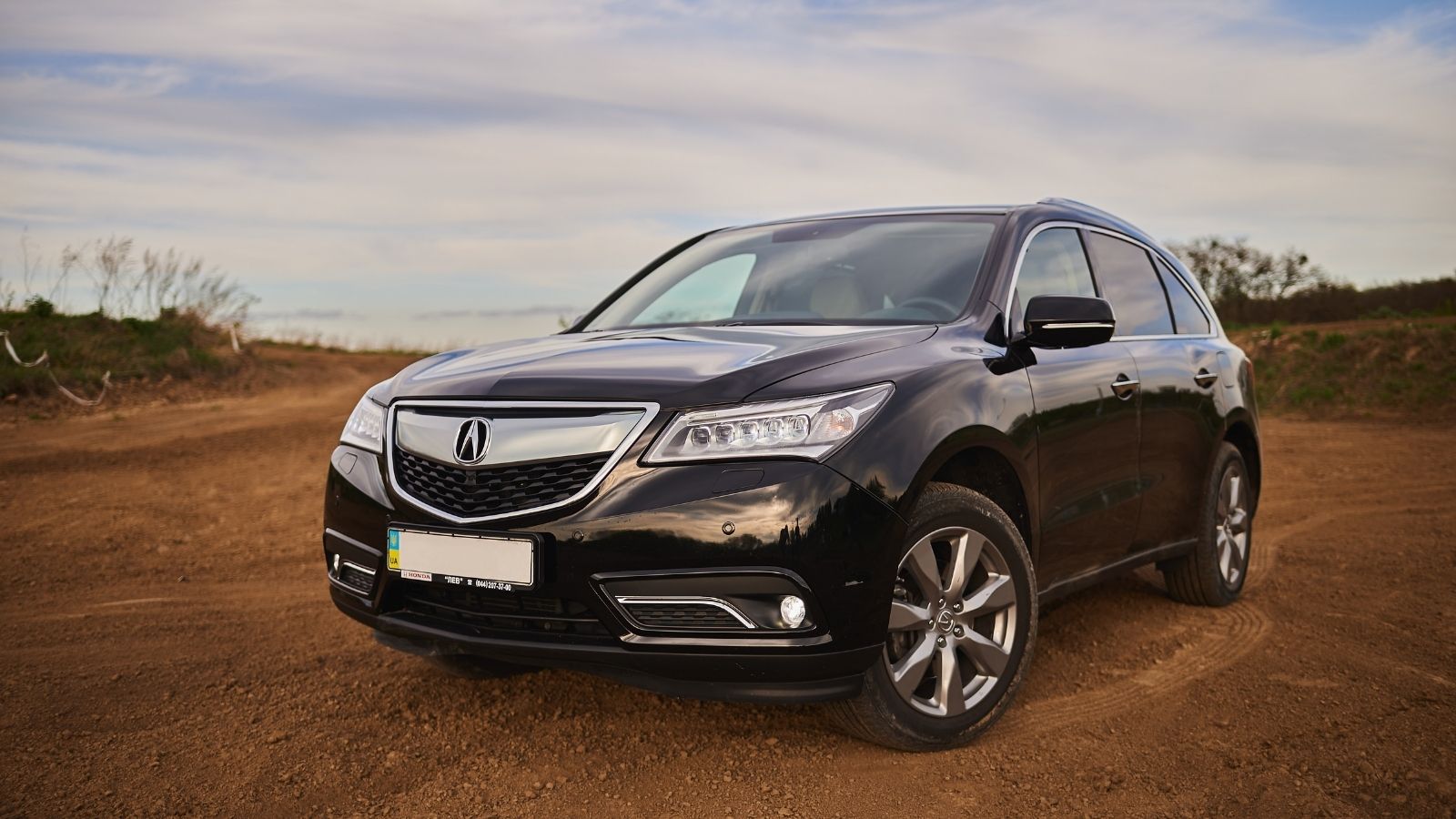
Built in Lincoln, Alabama, the MDX might see price flexibility as import rivals (like BMW’s X7 or Mercedes GLS) get hit with higher tariffs. Furthermore, industry analysts noted that Canadian government exemptions under USMCA and OEM pricing tactics are tempering the effect, keeping MDX prices stable or slightly discounted despite added tariff pressure. In summary, while macro-tariff dynamics may push prices up, Acura MDX shoppers in Canada are experiencing modest price relief—typically CA$1,000 to CA$2,000—thanks to dealer promotions and the strategic absorption of costs.
Lexus ES
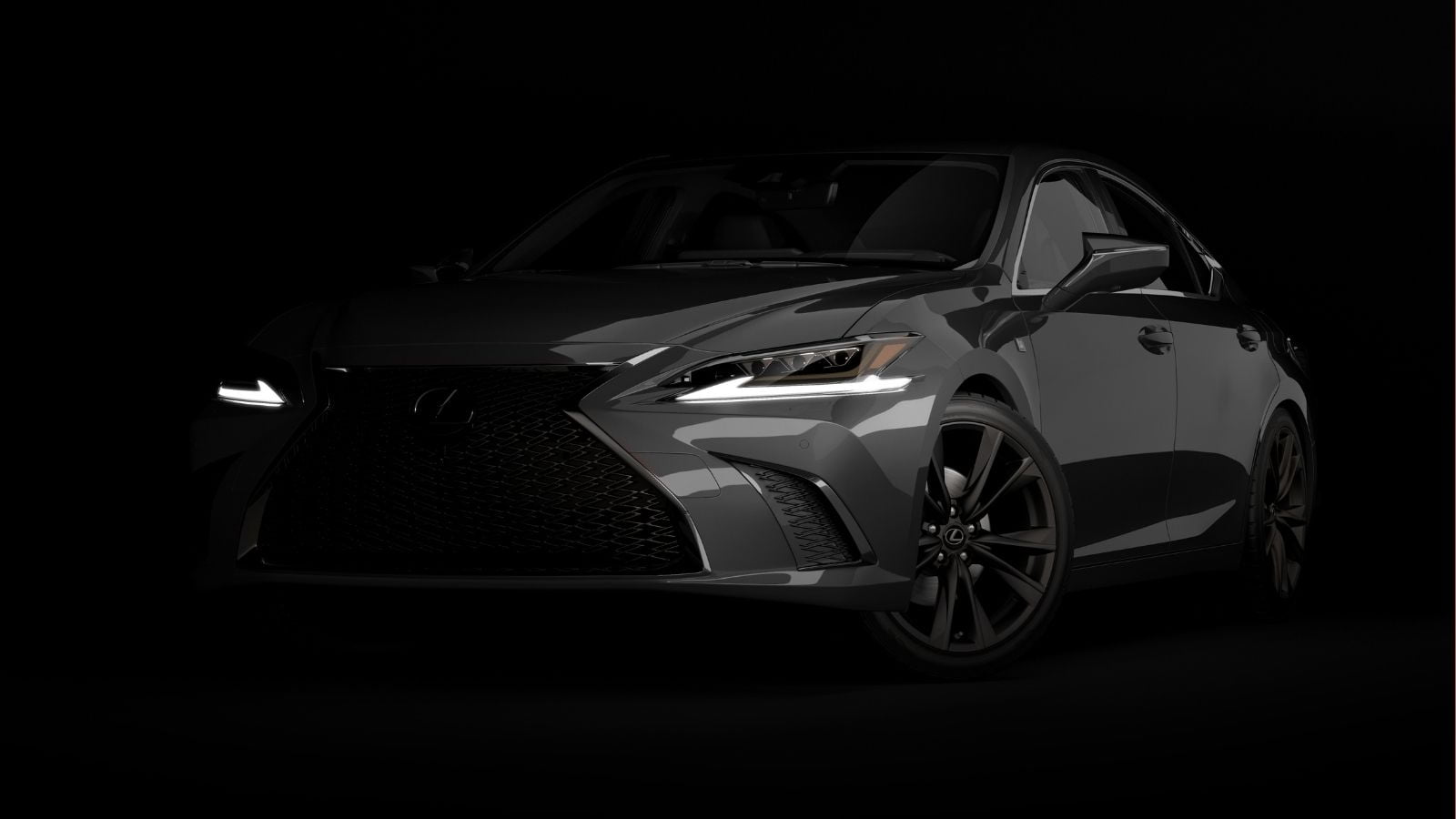
Canada has seen a surprising advantage in Lexus ES pricing due to the current tariff dispute. While the U.S. imposed a 25% tariff on imported vehicles starting April 3, Canada reciprocated—but crucially, only on fully assembled U.S. vehicles, not on parts, thereby preserving exemptions under the USMCA. This means Canadian-built Lexus models, including the ES, largely avoid the full brunt of these duties. Additionally, Canada’s weaker dollar has reduced manufacturing and export costs, further mitigating price increases.
Buick Enclave Avenir
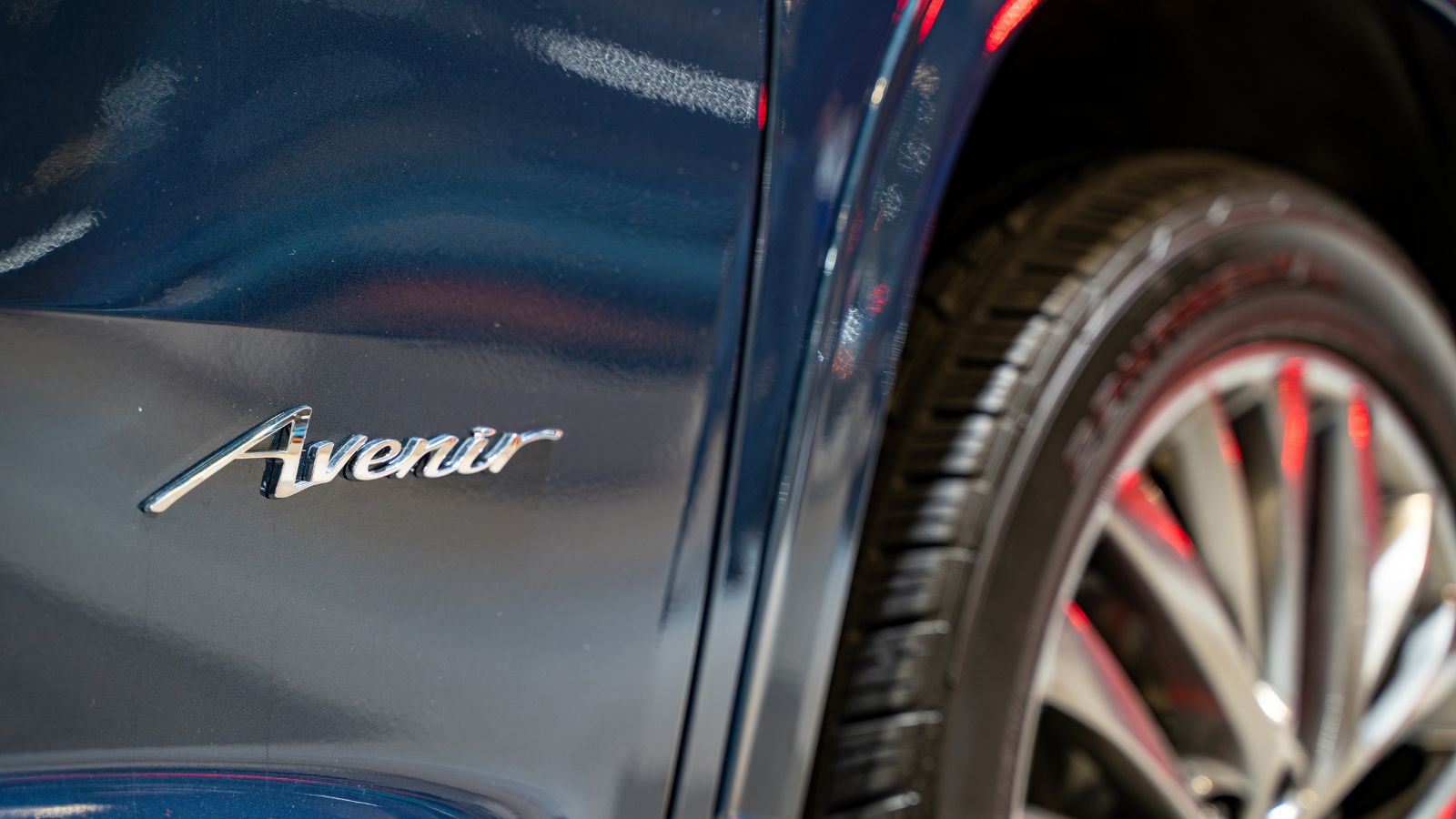
Often overlooked as a near-luxury contender, the Enclave Avenir is built in Lansing, Michigan. With European alternatives on the rise, GM may promote the Avenir as a value-rich domestic alternative. With anticipated changes to component-level tariffs—especially under the evolving USMCA terms—Buick Canada may pass on savings to consumers, reducing the Avenir’s MSRP by several thousand dollars. Such tariff-driven flexibility not only softens the luxury entry point for Canadian buyers but also positions the 2025 Enclave Avenir as a more attractive purchase in the near term, offering premium refinement and cutting-edge technology at a more affordable price.
Chrysler 300C
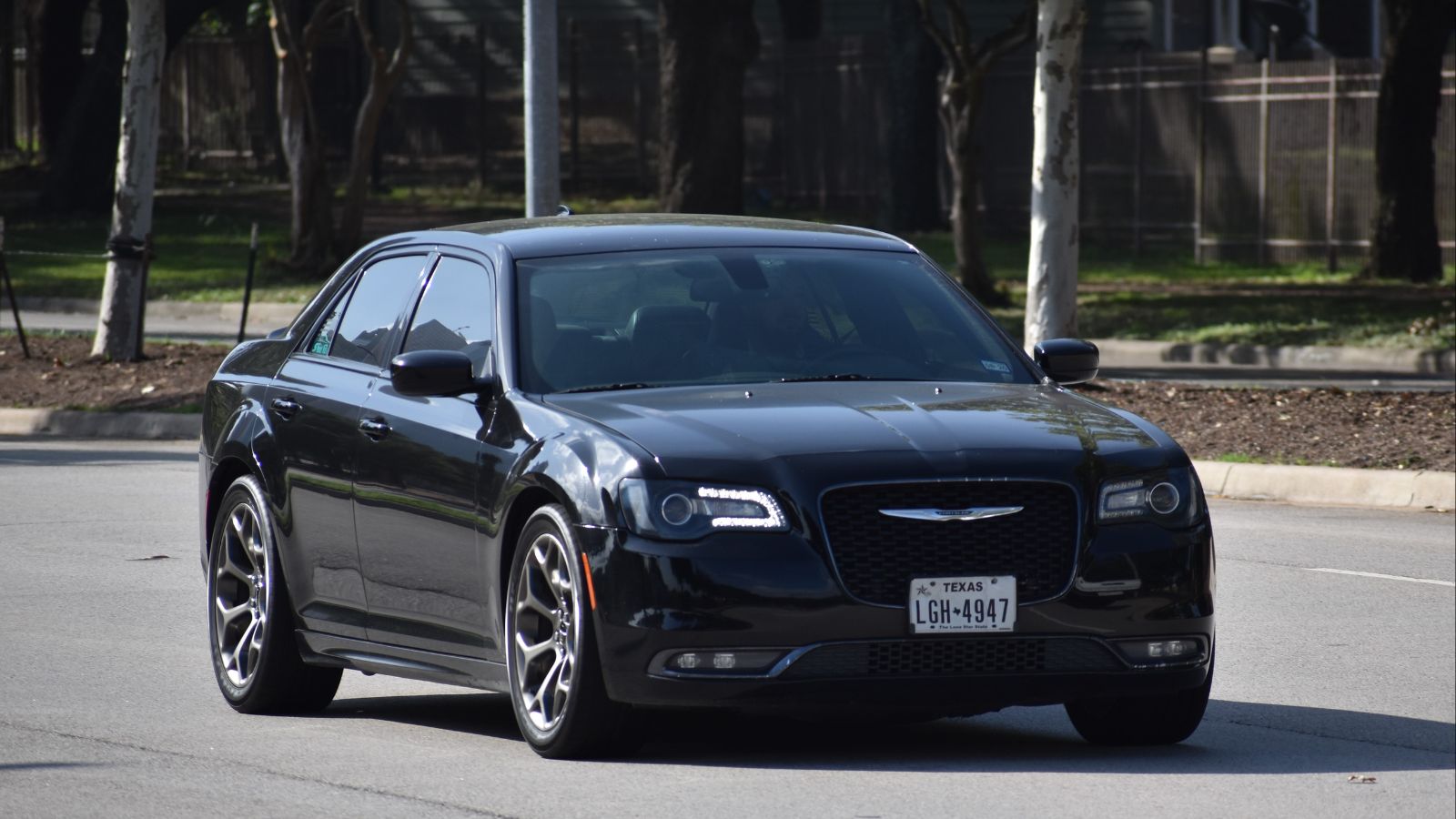
Luxury-adjacent and old-school cool, the Canadian-built 300C (Brampton, Ontario) may enjoy domestic pricing buffers, especially as Stellantis looks to offload final production runs of this soon-discontinued classic. As a result, Canadian buyers experienced a notable price reduction compared to pre-tariff levels, with dealers actively advertising “pre-tariff pricing” to clear their inventory. The Chrysler 300C thus emerged as one of the few luxury sedans in Canada that experienced a downward price movement directly tied to tariff fluctuations.
Genesis G80
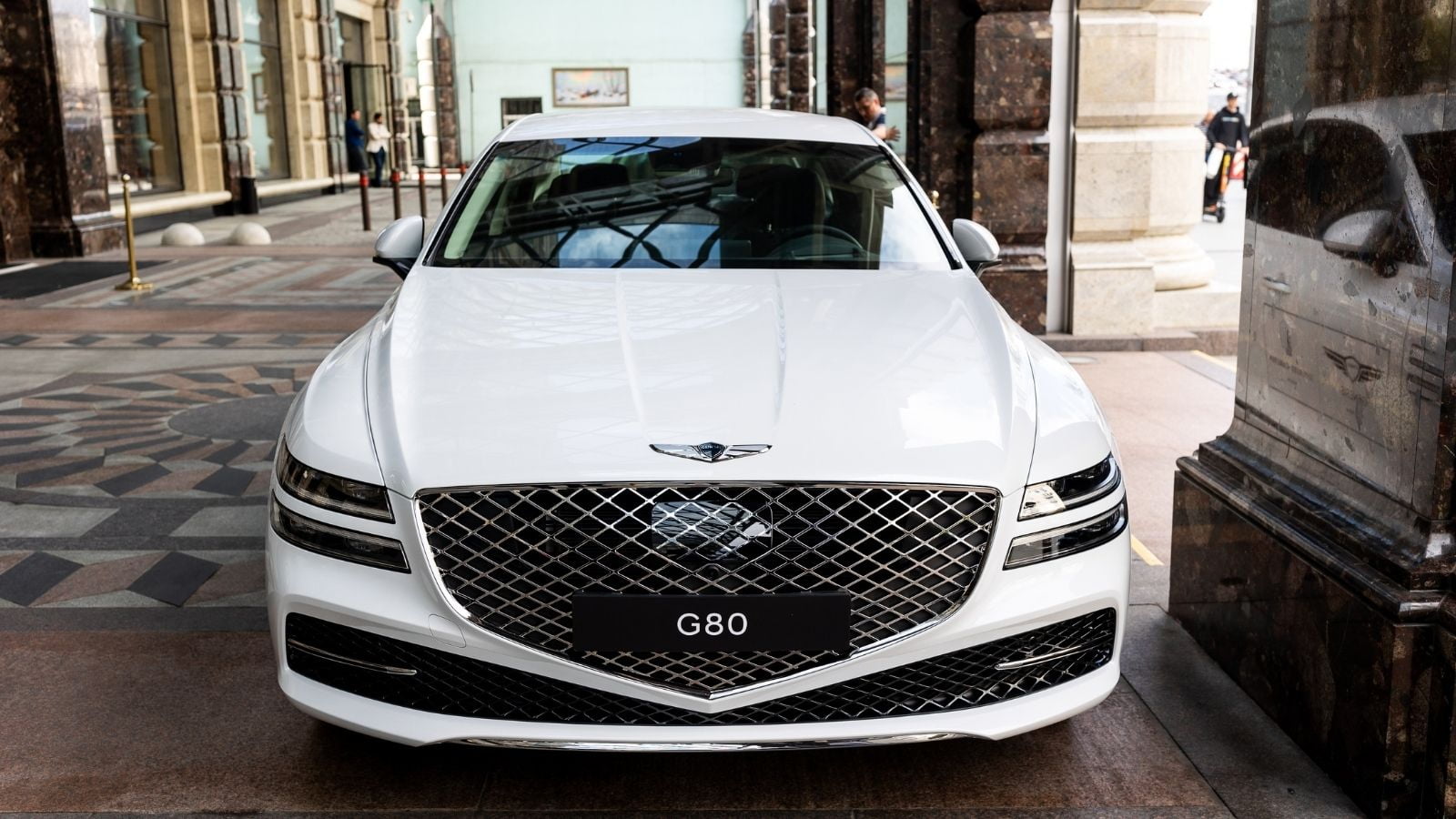
Made in South Korea, the G80 falls under CKFTA protections. Consequently, prices on new 2025 G80 models in Canada have remained effectively flat—around CAD 74,150 for the 2.5T Advanced AWD—despite global pressure that might have otherwise driven prices higher. This contrasts with the U.S. situation, where Hyundai Genesis warned dealers of potential $6,000-plus increases on tariffs. In short, Canada’s counter-tariffs and quotas have shielded Canadian consumers from price hikes, keeping the G80 a compelling luxury value.
Audi e-tron GT (Future Canadian Assembly?)
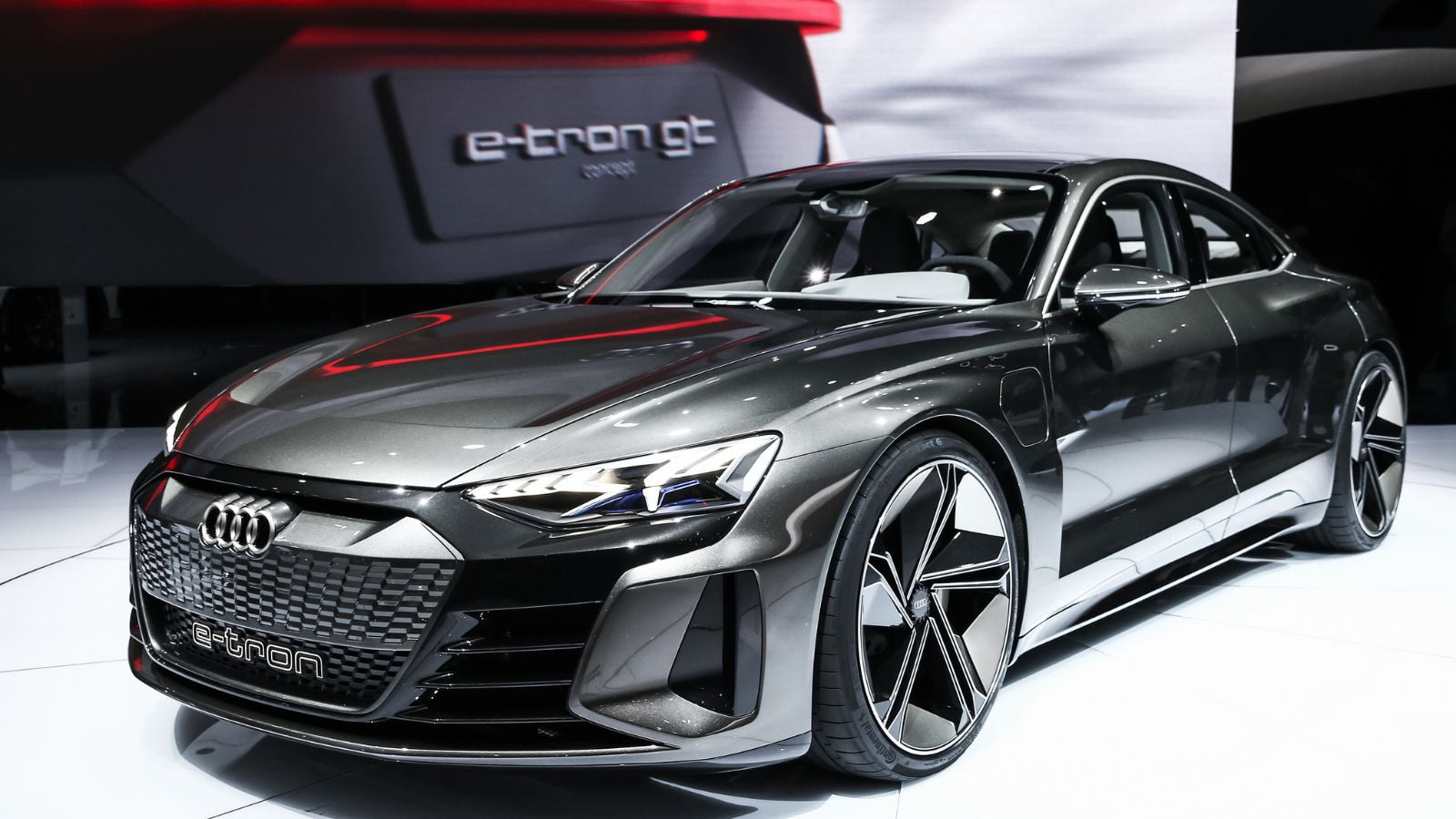
In Canada, the 2025 Audi e-tron GT has seen a notable price drop, now starting at CAD 166,900 for the S trim (down from CAD 170,350 earlier) and CAD 152,300 for the base S model, according to AutoTrader listings. This approximately CAD 3,000–4,000 reduction reflects shifting trade dynamics: Canada’s reciprocal tariffs on U.S.-assembled EVs under CUSMA exemptions have recently been eased. As a result, Canadian buyers benefit from both stable currency conditions and tariff relief, making the e-tron GT more attainable at a lower MSRP and enhancing its luxury EV appeal.
Cadillac Lyriq
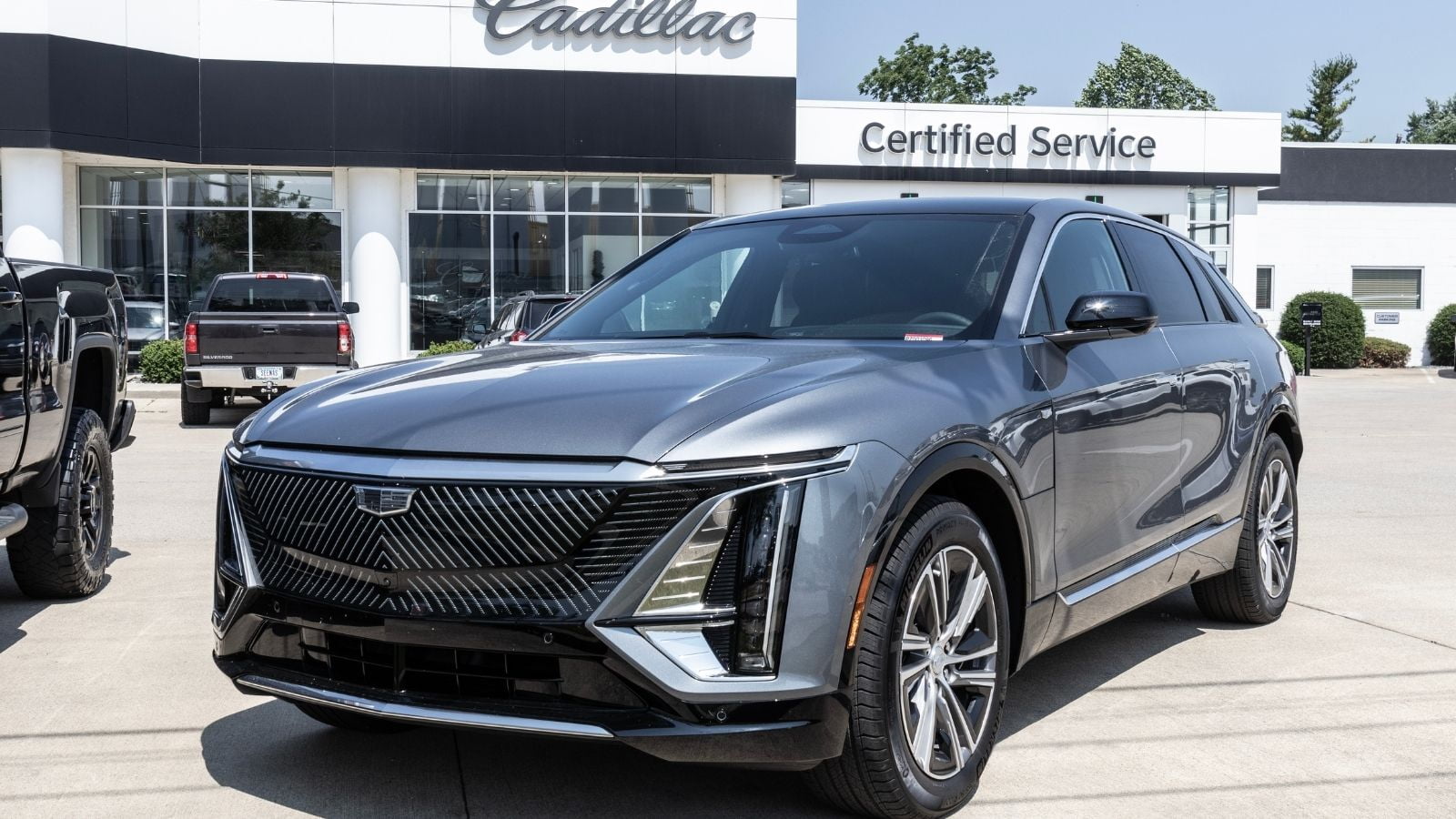
Built in Spring Hill, Tennessee, the Lyriq may offer more stable pricing than imported electric SUVs, especially as Canada leans into domestic EV sourcing for incentives. Additionally, used-market listings indicate that Lyriq prices have fallen by around 1.6% in the last month in Canada. All in all, the combined effect of shifting trade policy and softer demand has nudged both new and used Lyriq prices downward—a rare relief for Canadian luxury‑EV buyers.
Mercedes EQE SUV (U.S.-Built)
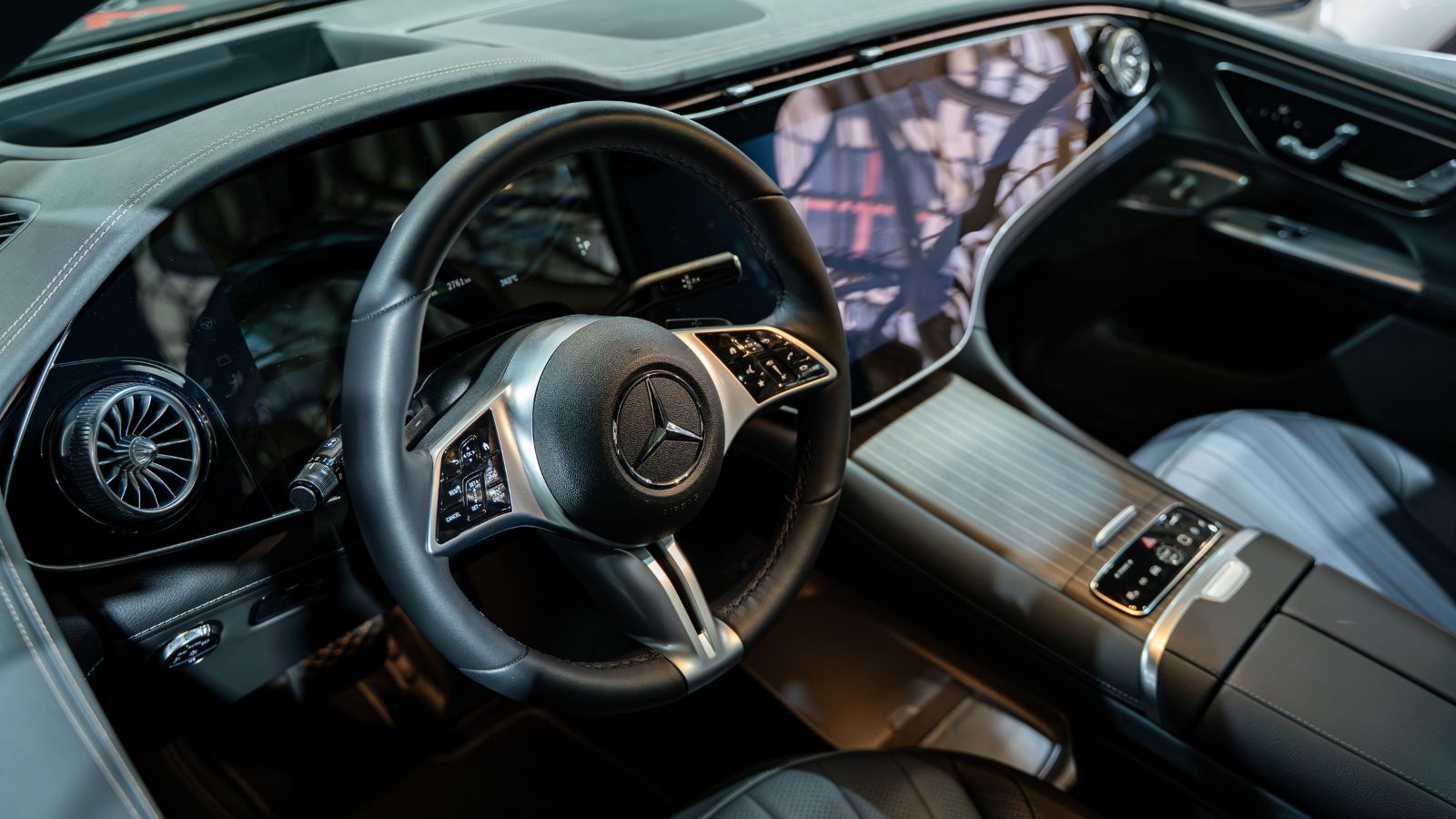
Newer electric models from Mercedes, including the EQE SUV, are built in Alabama. In April 2025, Mercedes-Benz confirmed that it would absorb the cost of U.S. tariffs on 2025 models, including the EQE SUV, thereby keeping MSRPs steady and avoiding direct price hikes for consumers. Meanwhile, in Canada, a reciprocal counter-tariff of 21.25 % initially targeted several imported EVs—such as the EQE and EQS SUVs—but thanks to a recent Canadian remission framework tied to domestic production, U.S.-assembled CUSMA-compliant EQE SUVs can now be imported tariff-free within certain limits.
BMW iX (Potential U.S. Assembly)
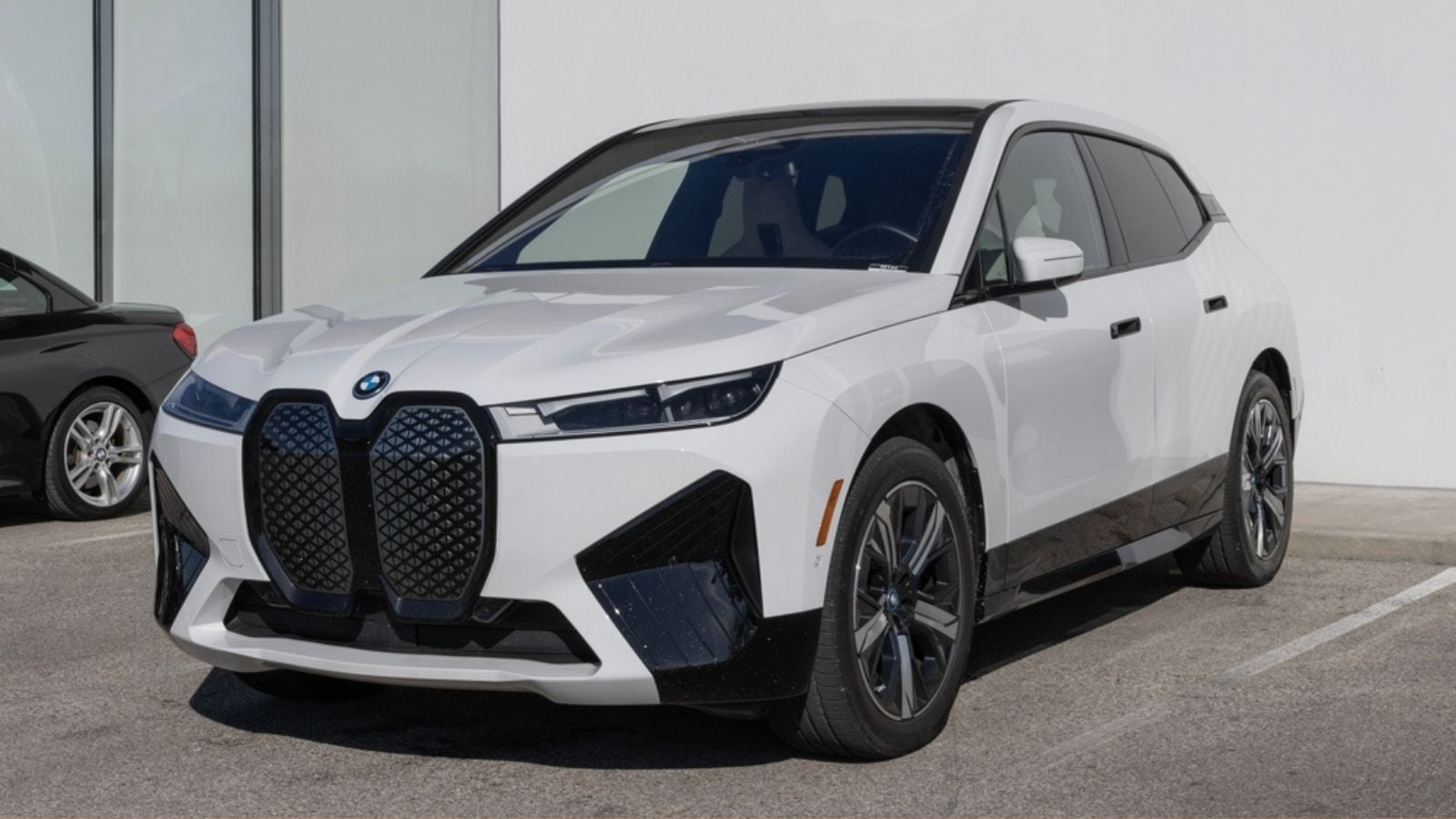
BMW is optimistic that U.S. auto‑import tariffs—currently set at 25% on non-USMCA-compliant vehicles—will decline in July as trade negotiations progress. This could pave the way for future price adjustments. Meanwhile, Canada has retaliated with tariffs on U.S. imports. Still, it has exempted vehicles built within Canada under CUSMA/USMCA, offering BMW the opportunity to absorb or offset duties depending on the location of assembly. Additionally, if the iX shifts to Spartanburg or Mexico, Canadian buyers may see more favorable pricing.
Lincoln Nautilus (Future Canada Production)
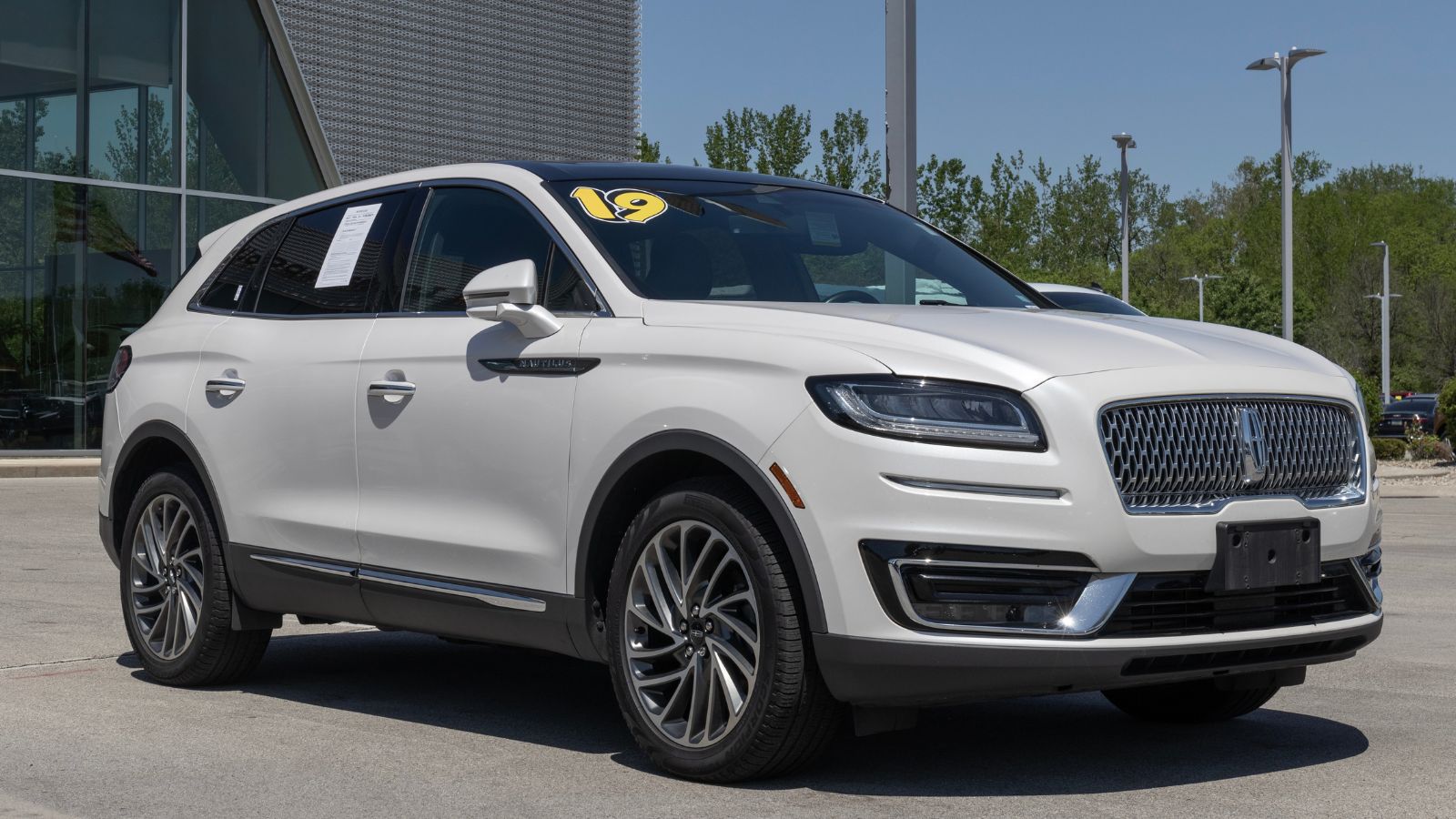
Ford plans to relocate the production of the Lincoln Nautilus from China to its Oakville, Ontario, plant by approximately 2026. This move is part of a strategy to sidestep steep U.S. tariffs on vehicles imported from China — currently up to 125 % — while complying with USMCA rules that allow duty-free trade for Canadian-built vehicles. In Canada, this transition is expected to depress Nautilus pricing: dealers are now offering discounts and incentives on 2025 models, partly to clear inventory not subject to tariffs.
Acura Integra Type S
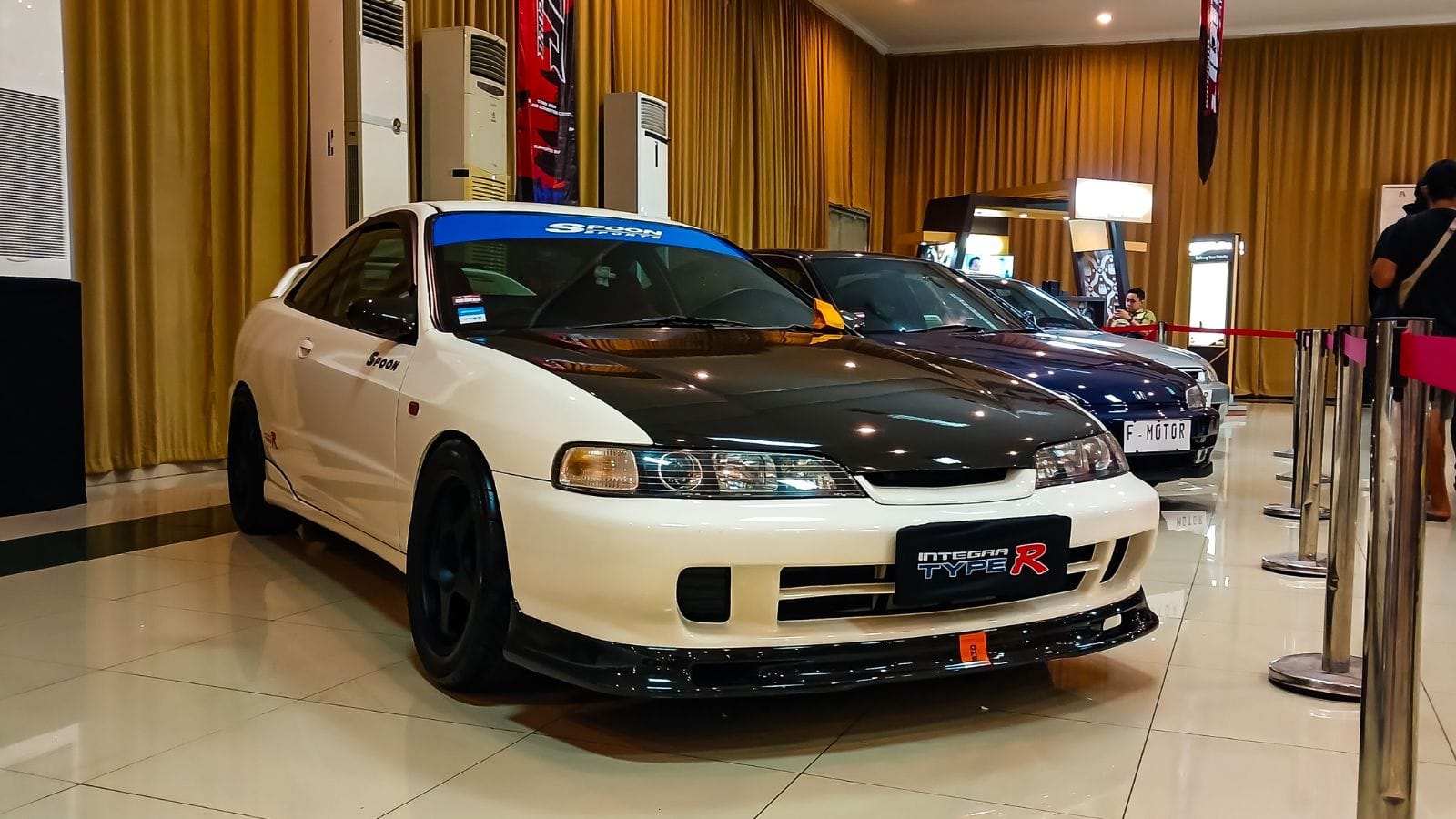
Manufactured in Marysville, Ohio, the Integra Type S is performance luxury at a manageable price point. Previously, Canadian buyers paying around CAD 70,000 (on-road, taxes included) for a fully equipped Type S found a temporary dip in the effective purchase price when Acura and dealerships absorbed some tariff costs to maintain competitiveness. With the Canadian government extending exemptions and rebates for USMCA-compliant vehicles, some Integra Type S models saw discounts of several thousand Canadian dollars during early summer 2025. As imported hot hatches spike, this one might stay refreshingly affordable.
Tesla Model 3 Performance (North American Battery Credit)
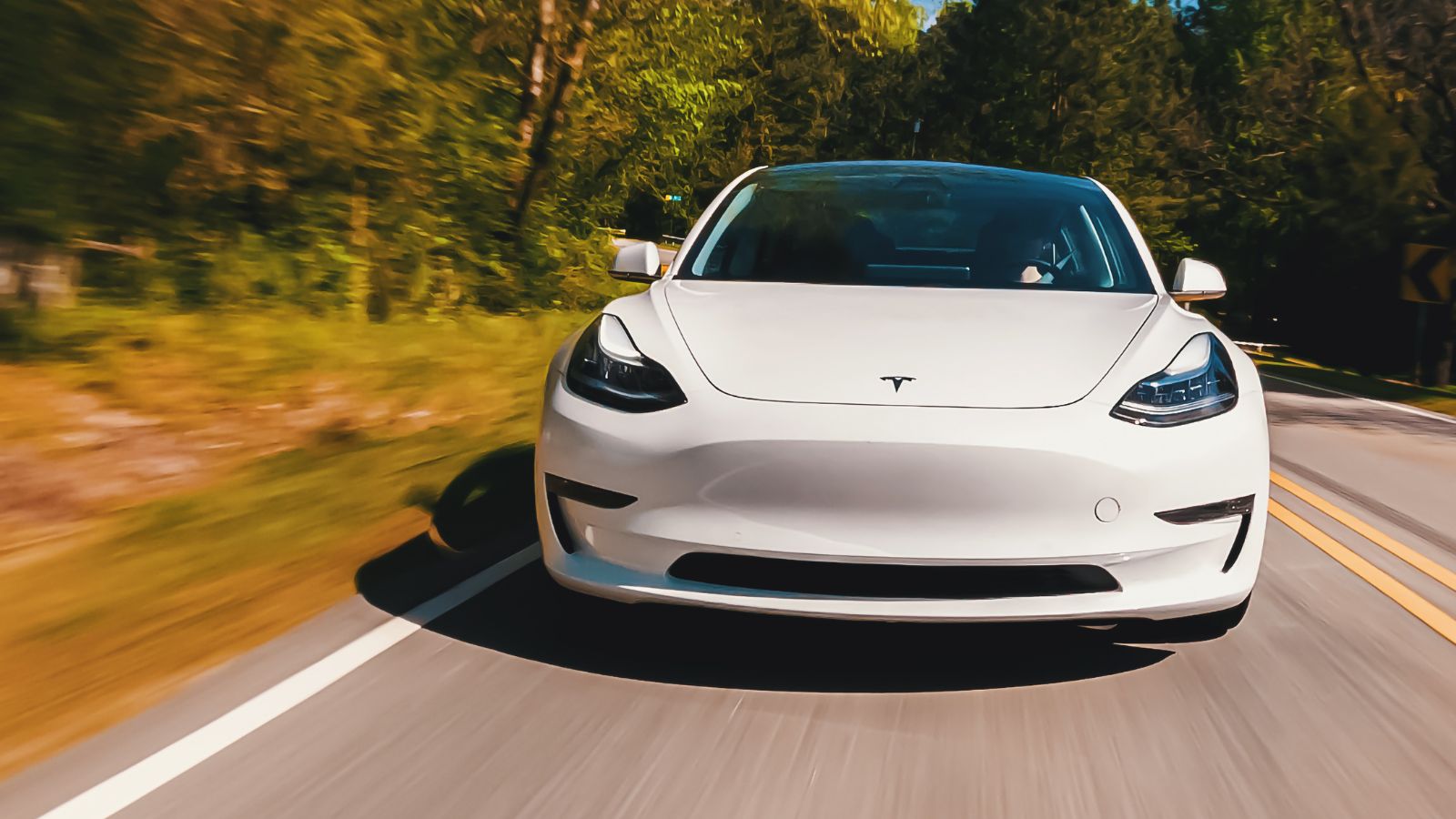
Tesla’s Model 3 Performance in Canada has experienced significant price volatility, driven by shifts in tariffs and changes to subsidies. In early February 2025, Canada imposed a retaliatory 25% tariff on U.S.-built EVs, prompting Tesla to raise Model 3 Performance prices by up to CA$9,000, bringing them from approximately CA$69,990 to nearly CA$78,990. Conversely, Tesla later sourced models from Europe to circumvent tariffs on the Model Y, slashing its price by CA$20,000 back to pre-tariff levels. While the Model 3 Performance hasn’t yet received such cuts, the exact mechanism—shifting production origin—could drive future price drops if North American Battery Credit requirements or trade agreements change.
25 Facts About Car Loans That Most Drivers Don’t Realize

Car loans are one of the most common ways people fund car purchases. Like any other kind of loan, car loans can have certain features that can be regarded as an advantage or a disadvantage to the borrower. Understanding all essential facts about car loans and how they work to ensure that you get the best deal for your financial situation is essential. Here are 25 shocking facts about car loans that most drivers don’t realize:
25 Facts About Car Loans That Most Drivers Don’t Realize
